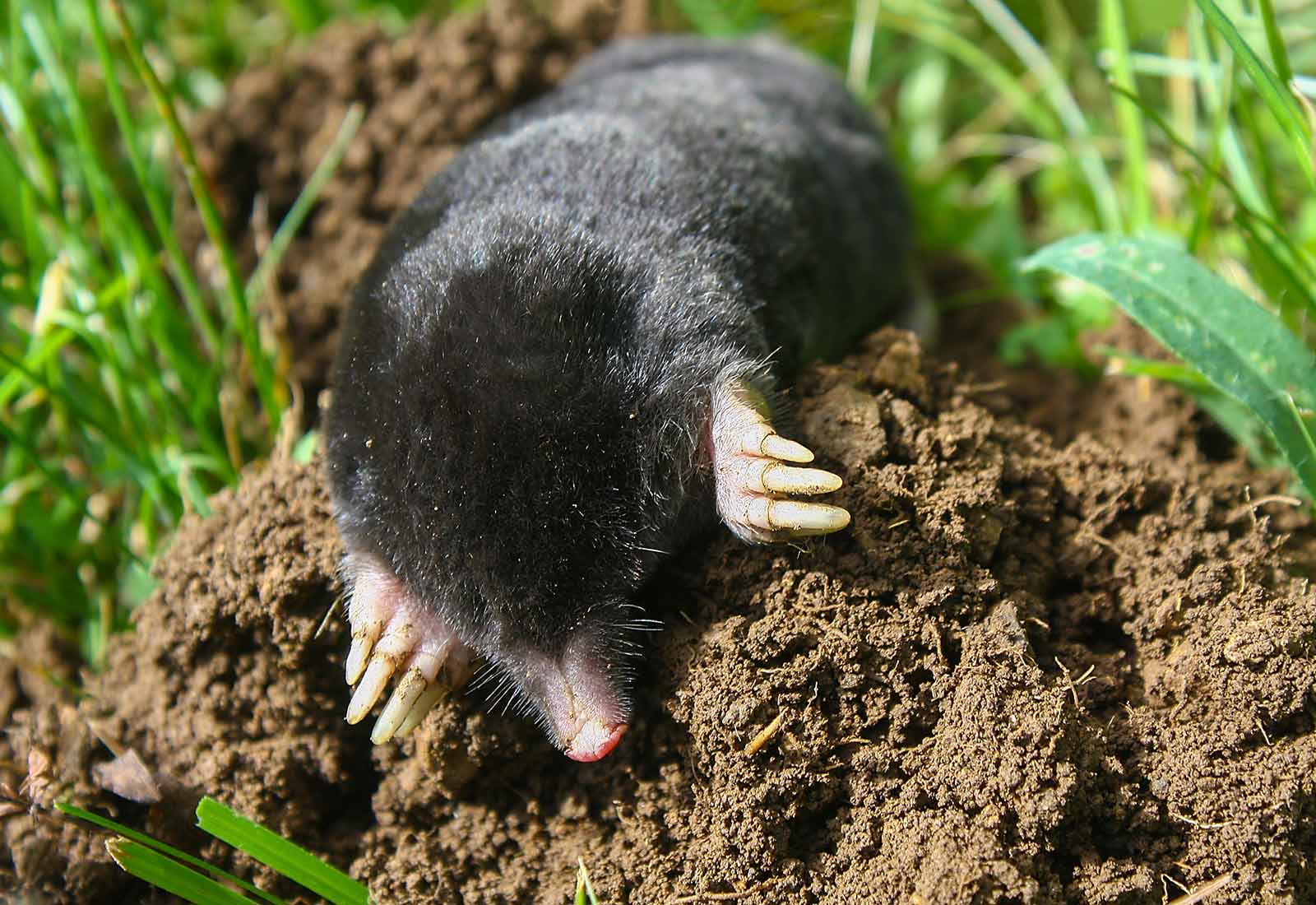Comprehensive Overview to Efficient Vole Pest Control: Infestation Identification and Treatment Methods
In the world of effective pest control, vole infestations present an one-of-a-kind challenge that demands a calculated technique. These little rodents, frequently mistaken for computer mice, can damage gardens, grass, and plants if left uncontrolled. Determining the indicators of vole existence and executing targeted treatment approaches are crucial components of an effective insect management strategy. By discovering the subtleties of vole actions, comprehending vital indications of invasion, and evaluating a series of control alternatives, one can establish an extensive strategy to fight these elusive insects.
Comprehending Vole Actions
Vole habits is identified by their delving practices and fast recreation rates, making them a tough pest to manage efficiently. Their rapid reproductive rate additional complicates control initiatives, with females capable of creating multiple clutters in a single year, each including numerous offspring.
Voles are most energetic throughout the morning and evening hours, investing the bulk of their time foraging for food. Their burrowing habits not just disturb gardens and grass yet also make them challenging to eliminate and detect. Recognizing vole habits is essential for effective insect control approaches. By identifying their burrow locations, monitoring feeding locations, and executing targeted control methods, such as trapping or environment modification, vole problems can be managed successfully.
Indicators of Vole Infestation
Prevention Techniques
Applying efficient avoidance approaches is crucial in lessening vole invasions and protecting plant life from their destructive feeding habits (vole control). To stop vole invasions, it is necessary to begin by getting rid of possible food sources and shelter. Keep yard and vegetation cut short, eliminate weeds and debris, and preserve a neat garden or grass to make the location much less attractive to voles. Installing barriers such as hardware towel or below ground secure fencing can likewise help deter voles from getting in specific areas. In addition, lowering excess wetness by taking care of dripping pipelines and guaranteeing correct drainage can make the atmosphere less hospitable for voles.
On a regular basis checking the residential or commercial property for indicators of vole activity, such as paths and burrow openings, is important for very early detection and prompt action. Think about utilizing traps or repellents strategically placed near their pathways if vole task is suspected. Employing natural killers like owls or serpents can additionally assist maintain vole populaces in check. By applying a combination of these prevention strategies, house owners and garden enthusiasts can effectively secure their vegetation from vole damages.
Non-Lethal Control Approaches
To effectively manage vole populations while focusing on humane techniques, non-lethal control methods supply practical solutions for decreasing vole damage in landscapes and yards. These barriers can be buried at least 12 inches curved and deep at a 90-degree angle to avoid voles from delving underneath.

Lethal Control Options
One effective approach for addressing vole invasions in landscapes and yards involves the critical use deadly control choices. When confronted with an extreme vole vole control infestation that non-lethal methods have failed to consist of, applying deadly control measures becomes essential. One commonly utilized dangerous control option is using snap traps. These catches are developed to rapidly and humanely kill voles upon activation, making them a preferred selection for numerous gardeners and landscapers. To boost the performance of breeze catches, it is recommended to place them in locations where vole task is high, such as along runways or near burrow entries. An additional deadly control alternative is the use of hazardous baits especially created to target voles. These baits contain find out poison that is consumed by the voles, causing their eventual death. Care must be worked out when using poisonous baits to protect against injury to non-target pets or animals. In general, when utilizing dangerous control options, it is important to do so responsibly and based on regional laws to properly take care of vole problems.
Verdict
To conclude, efficient vole insect control requires an extensive understanding of vole habits, recognition of indicators of problem, application of prevention methods, and use of both dangerous and non-lethal control approaches. By combining these techniques, people can properly manage vole populations and secure their residential property from damages. It is essential to deal with vole problems immediately to prevent more problems and lessen the effect on the surrounding setting.
Provided the detailed passage systems and rapid reproduction prices particular of voles, acknowledging the indications of vole invasion comes have a peek at this site to be necessary in efficient pest control. One of the primary indicators of vole presence is the presence of surface paths or trails in lawn or snow, usually concerning 1-2 inches wide, produced as voles travel in between their burrows and food resources.To effectively manage vole populations while prioritizing humane approaches, non-lethal control methods offer sensible services for minimizing vole damages in landscapes and yards.One efficient approach for dealing with vole invasions in yards and landscapes involves the tactical usage of lethal control choices. vole lawn damage.In conclusion, effective vole insect control needs an extensive understanding of vole behavior, identification of indications of problem, implementation of avoidance approaches, and use of both non-lethal and deadly control methods